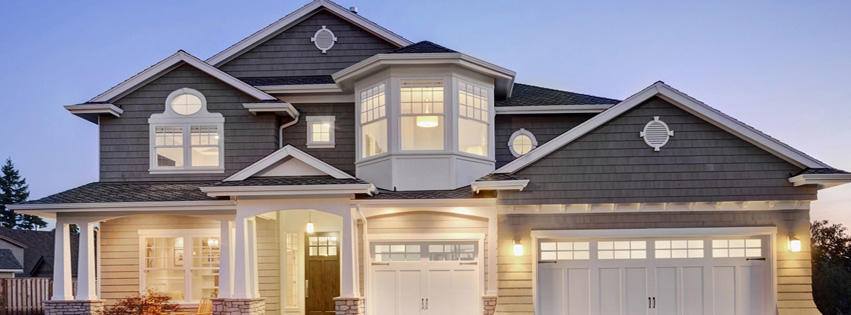Many factors are considered in roof repair and replacement cost estimates.
Considerations for your new roof
- Be sure to get more than one estimate and compare the details closely. See our tips choosing the right roofer here.
- The lowest estimate may not be the best choice - costs will be higher for higher levels of installation quality, product durability and warranty protection.
- Insurance may cover some or all of your costs if your roof sustained damage from a storm. Check with your agent before signing a contract with a roofer.
- If you are in a storm market, paying for a stronger warranty now may save you a lot of money later. Learn about GAF Enhanced Warranties here.
- Remember - in addition to protecting your family and belongings, your roof can represent up to 40% of curb appeal and contribute to the value of your home, too!
Call for free estimate
732-566-0944
How to pay for your new roof
A roof that protects your home deserves a payment plan that protects your wallet. Consider using one or more of these common payment options.
Monthly Payments
A monthly payment plan can help you fit your roofing project into your household budget. Check with your contractor to see what their financing packages look like. Many have relationships with lenders and may be able to offer an interest-free period or other deals.
Credit Cards
You might not have considered a credit card as a way to pay for a major home improvement. But your personal line of credit may offer a convenient payment option for your roofing project. After checking your credit card terms, talk to your contractor about cards they're set up to accept.
Insurance
Be sure to read your policy carefully or check with an insurance broker or attorney to see what deductibles, limits and exclusions may apply. Your policy, for instance, might not cover a roof that has deteriorated due to age or neglect. Then talk to an experienced roofing contractor. They work with insurance companies all the time, and may be able to answer many of your questions.





